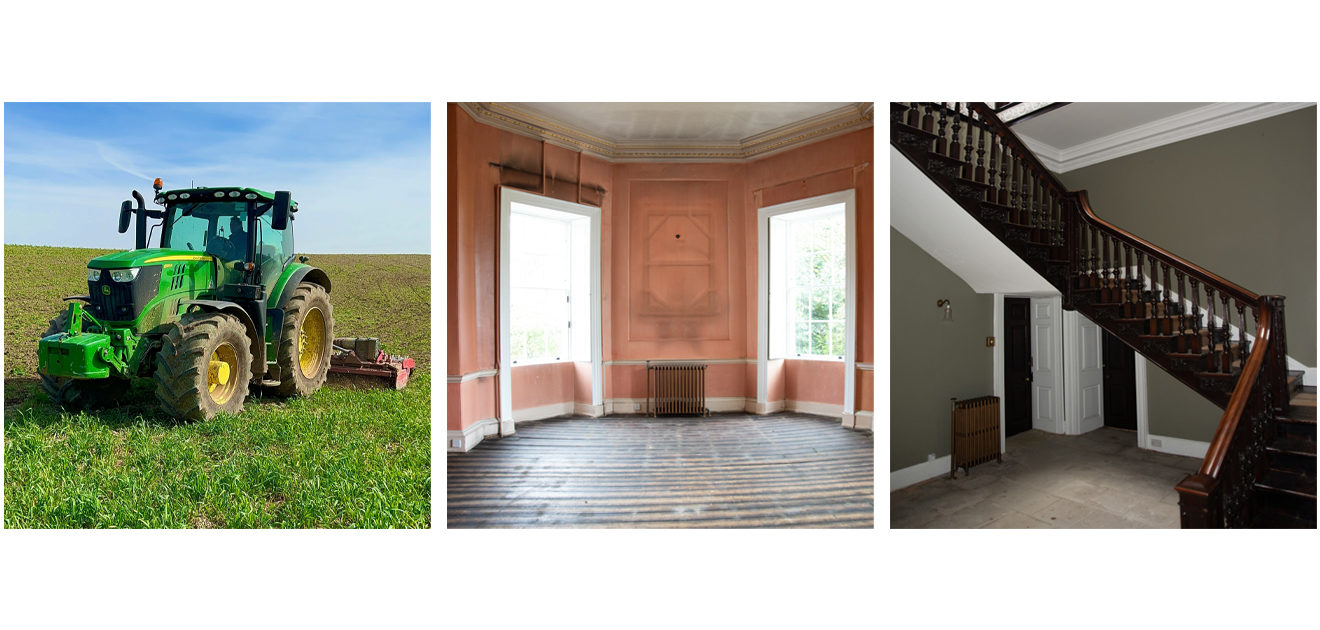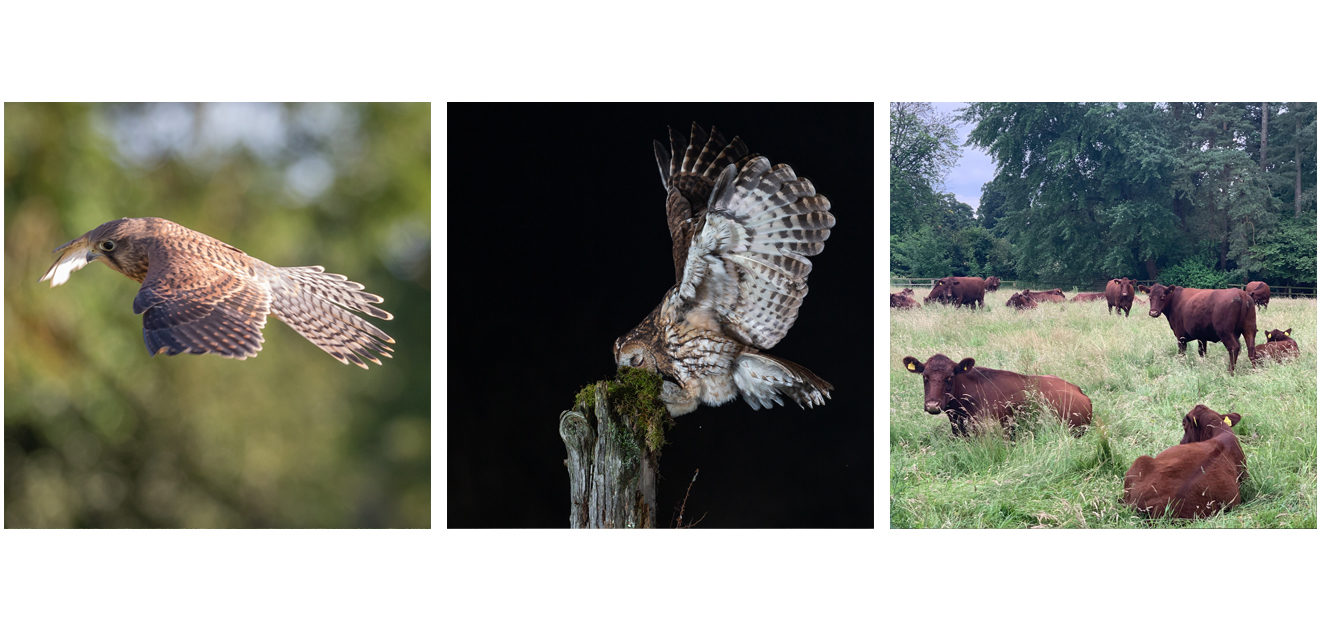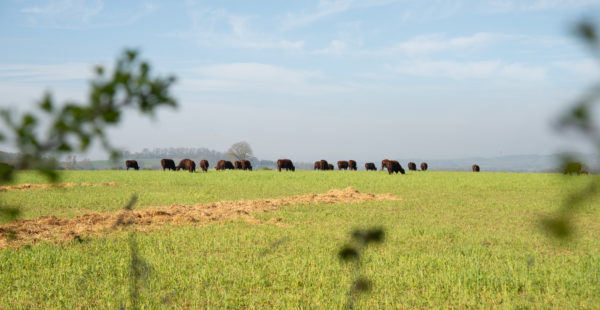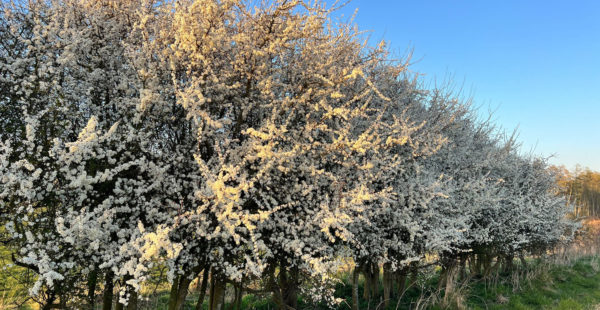A Week on the Estate: Paul’s Preparations, Empty Hall & Avian Wonders
We hope you weren’t too discombobulated by the clocks going forwards last weekend. It’s certainly starting to feel like winter is well behind us. While we’re still getting a tad more rainfall than we need, this weekend’s temperature range of 19C-7C might inspire us to take our thermals off.
Out and about on our arable land, Paul Barnes was pictured preparing for ploughing and spring drilling. The weather has been too fine to waste and we also drilled some organic barley. After a distinctly grotty winter, the ground is finally dry enough.
Closer to home, Damian Furlong photographed the interior of South Ormsby Hall. It’s markedly different to the first time he saw the Hall and much has changed. Since Jon and Jan Thornes took over, these rooms and corridors have hosted family life, a spot of Estate business and plenty of painstaking TLC. Now the Hall stands empty and, while it looks a little forlorn, it’s ultimately good news.
Jon and Jan have moved temporarily to the Old Rectory, staff have relocated to the new workspace at Manor Farm Stables and artwork and books have been safely housed elsewhere. The Hall is showing its venerable age and needs improvements to see it through the next generation or two.
With safety, posterity and sustainability in mind, we’ll soon start comprehensively updating the Hall’s electrics and making the heating and hot water as efficient as possible. You may be aware of the substantial work done in 2021 to reinforce one floor, but there are two more to go. We’ll also be returning the roof to its original, intended shape (for an example, google ‘Palladian pediment’).
The first South Ormsby Hall was commissioned by Sir Drayner Massingberd in the 17th century, but the whole structure was substantially rebuilt in the 18th century. The most familiar aspect of the Hall, its east-facing frontage, dates to the 1750s and was designed in the Palladian style by influential architect James Paine.







